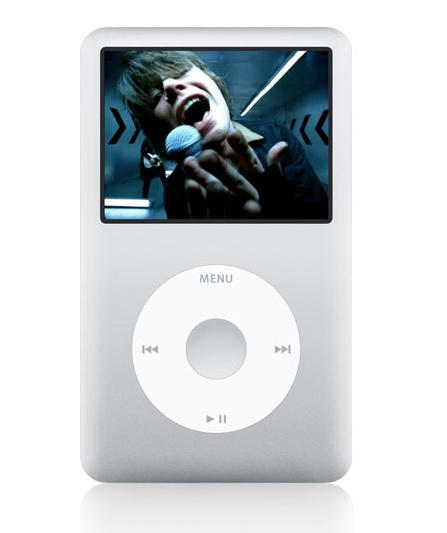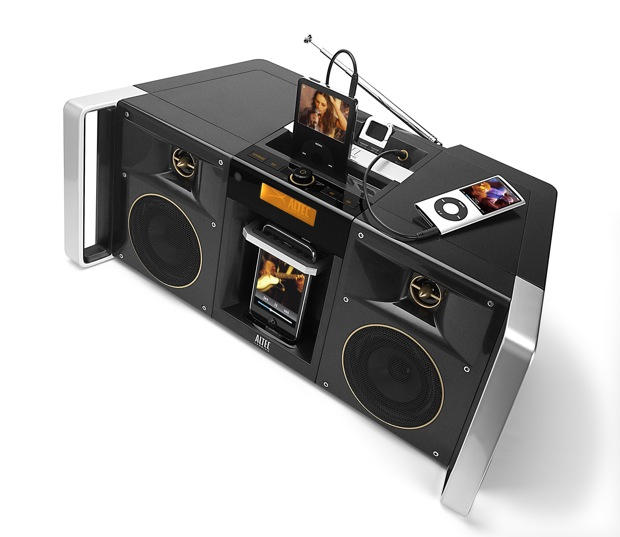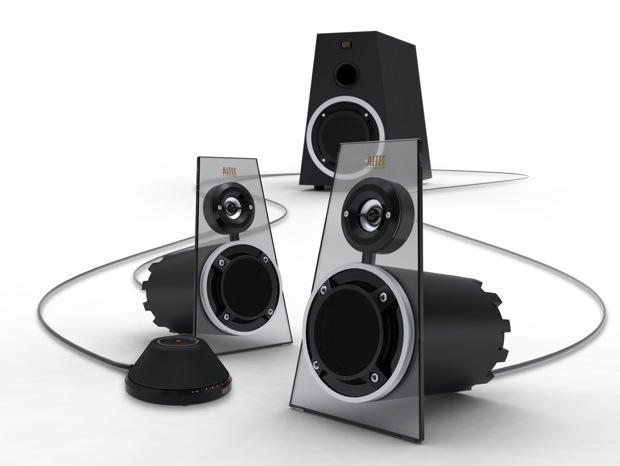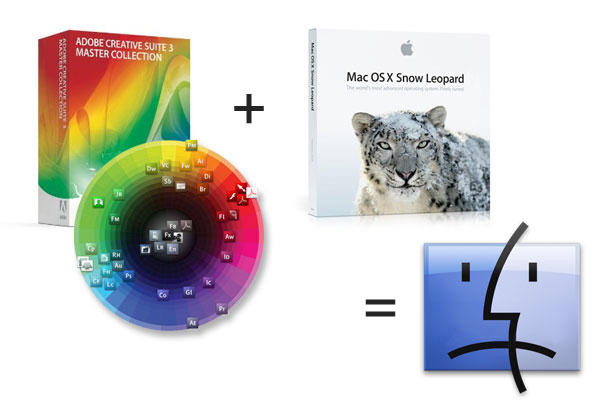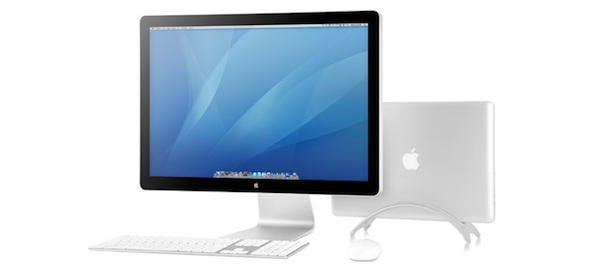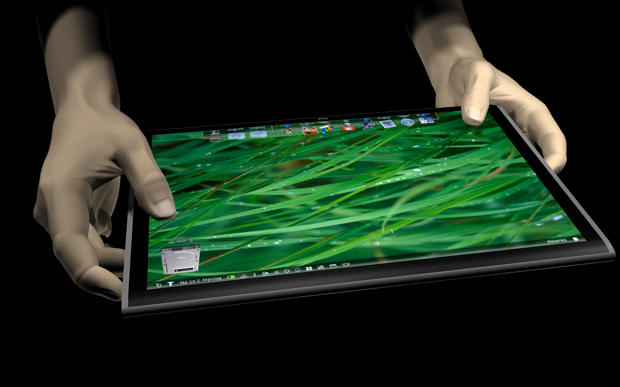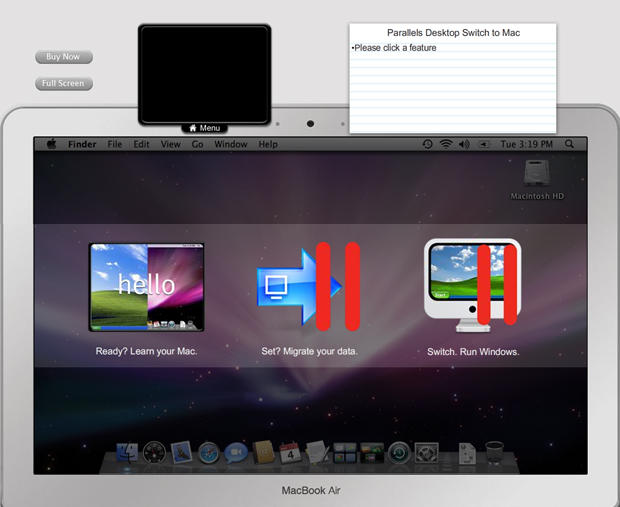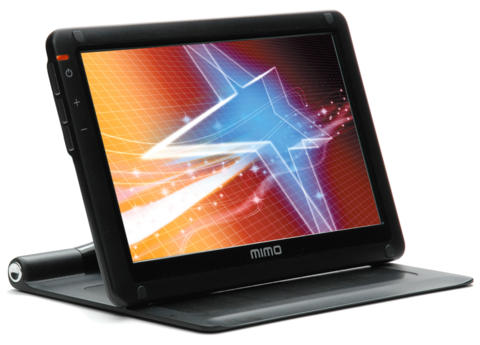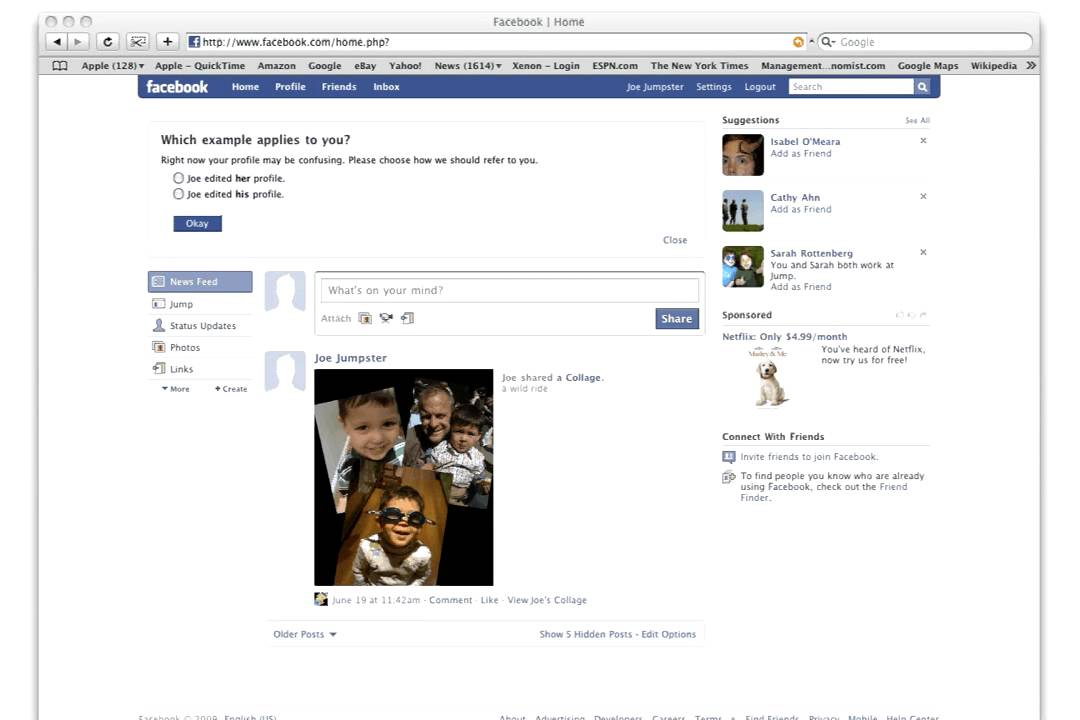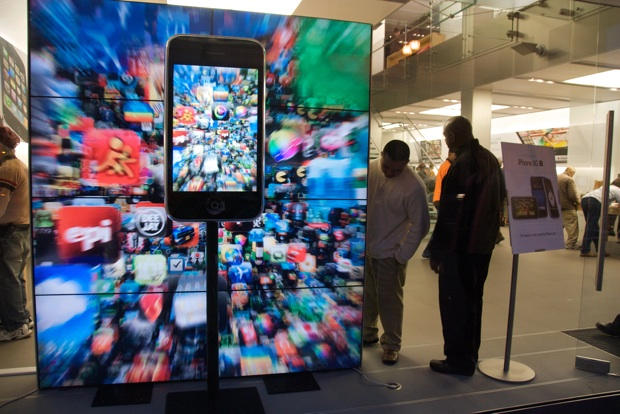UPDATE: Nack provides further insight, backtracks, stating “It turns out that the Photoshop team has tested Photoshop CS3 on Snow Leopard, and to the best of our knowledge, PS CS3 works fine on Snow Leopard.” Hmm. This flatly contradicts what I’ve heard from jobbing designers who’ve worked with CS3 on very late Snow Leopard builds. I guess we’ll discover the real truth over the coming week or so.
Adobe’s rolling out its Snow Leopard FAQ, and John Nack’s post offers a doozy:
Apple and Adobe have worked closely together (as always with new OS releases) to test compatibility. As for CS4, everything is good with the exception of auto-updates to Flash panels (which I guarantee you’re not using*) and Adobe Drive/Version Cue (which doesn’t work at the moment on 10.6). CS3 & earlier haven’t been tested. Please see the FAQ for additional info.
(My emphasis.)
Back in the day, I used to love Adobe software. Hell, I still want to love Adobe software and I use Photoshop almost every day, but the company’s making it real hard. It seems that CS has become more about sticking to turnaround schedules than innovation, and there’s a horrible tendency to use the next release to fix major problems, rather than fix them here and now.
From what I’ve heard, both on forums and directly from professionals running 10.6 betas, there are some major problems with CS3 and Snow Leopard, such that Apple’s update simply isn’t safe in Adobe-reliant mission-critical environments. This means a whole lot of industry professionals won’t be flinging 30 bucks in Apple’s direction and won’t be upgrading their Macs to the new OS. But surely this is only temporary? Presumably, Adobe won’t leave everyone high and dry?
Nack again:
No one said anything about CS3 being “not supported” on Snow Leopard. The plan, however, is not to take resources away from other efforts (e.g. porting Photoshop to Cocoa) in order to modify 2.5-year-old software in response to changes Apple makes in the OS foundation.
Nice. A 2.5-year-old piece of shareware being mothballed to concentrate on the current version, fine. But a hugely expensive suite that people use in a pro capacity, that cost hundreds (or thousands, depending on the option you picked) of bucks in the first place?
And you’ve got to love the dangled carrot—CS3 probably won’t be fixed, due to Photoshop being ported to Cocoa. (Out of curiosity, Adobe, are you going to get rid of your broken and proprietary windowing system, or will that stay in place?) I know the world’s finances are screwed, but surely looking after your existing customers is important? I guess it doesn’t matter if you have a near-monopoly on creative apps.
Gah.
Like I said, I used to love Adobe, and I really want that feeling of excitement and passion regarding its apps to return, but this kind of thing just pisses me right off. Nack’s comments come across like people are asking for something insanely stupid—support for antiquated wares. But it’s not like people are getting all angry because some ancient piece of software has been killed—they’re annoyed because a massively expensive suite that was still on sale recently and replaced well under a year ago is going to have major problems on Apple’s new system.
Is this entirely Adobe’s fault? No. (In fact, if Nack’s “in response to changes Apple makes in the OS foundation” comment is indicative of Adobe’s attitude in general, ‘not at all’ is presumably the company’s thinking.) But could Adobe be doing more to help this situation, other than telling us to stop whining, open our wallets once again, cause our credit cards to cry out in pain, and eat baked beans for the coming months? You tell me.


